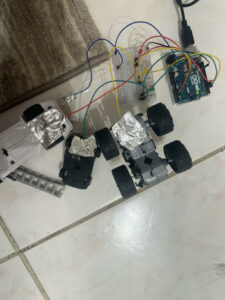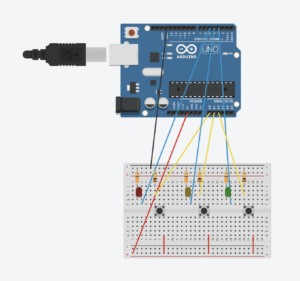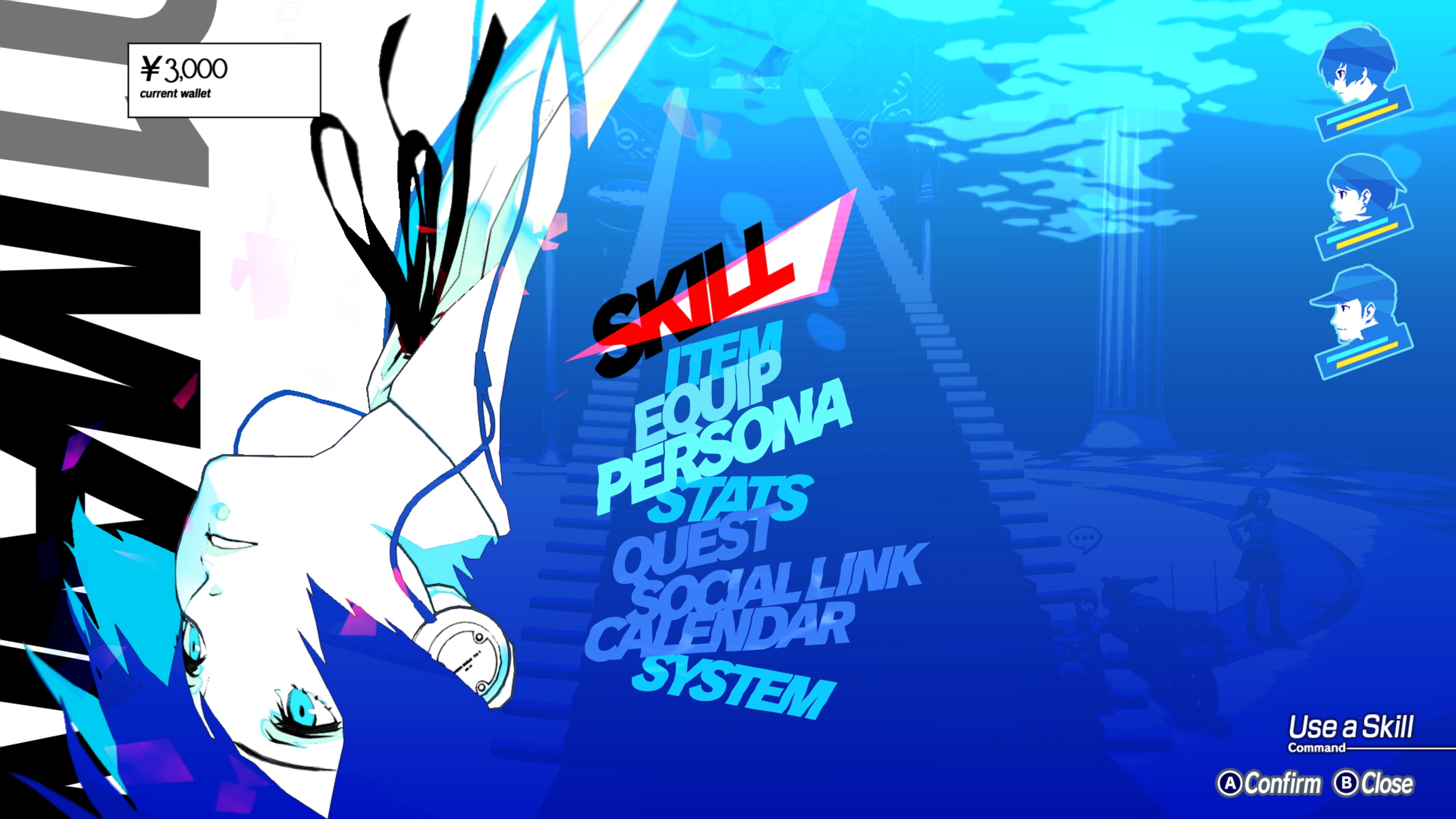Her Code Got Humans on the Moon—And Invented Software Itself:
I was truly amazed and in awe at Margaret Hamilton’s journey as an incredibly strong, dedicated, powerful, and influential woman and mother. Women in tech at the time were basically unheard of, and even in today’s world, tech is still a male-dominant field. Yet, it was a woman that made such significant advances to software engineering. Not only was she a working money who would bring her 4-year-old daughter to labs as she worked, she wrote the code for the world’s first portable computer and eventually became Apollo’s command module computer.
It’s a shame that I’ve never once heard of her before reading this article, especially given how pivotal her work was, that even helped Neil Armstrong land on the moon. Something I found interesting was how Hamilton wanted to add code to prevent the simulation to crash if the program P01 was launched, yet NASA overruled her idea despite the fact that it happened already from Lauren accidentally launching P01. NASA insisted that their astronauts would not make any mistakes because they were “trained to be perfect,” which, evenstill, it doesn’t hurt to play things safe. Just five days into the Apollo 8 flight in 1968, astronaut Jim Lovell accidentally pressed P01 and luckily enough, Hamilton and MIT coders were able to plan and upload new navigational data. It makes me wonder, would NASA have listened to her if she was a man presenting that idea instead?
It shows how important it is to be aware of and know how to navigate potential problems in works, even if you’re confident nothing will happen. Reading this made me a lot more aware and cautious of my future work, and I’ll be on the look out for potential problems that could surface and figure out, even just briefly, how to combat those issues should they arise.
Attractive Things Work Better:
I enjoyed reading Norman’s piece on how aesthetic designs can impact the way we feel towards that product. He makes a really interesting case with his three teapots. He definitely proved his point by showing images of those three teapots and explaining when he would use each one, because the design of the Carelman tea/coffeepot is so incredibly ugly to me that it’s actually frustrating to look at, and I wouldn’t even want that in my house let alone use it. Just its presence would probably ruin the calm and peaceful mood I was probably in if I wanted to make some tea.
The whole concept reminds me of pretty privilege and the saying “look good, feel good.” The concept of object pretty privilege is shown with the teapots, as all of them are functioning teapots at the end of the day, but with very different designs. The concept of the phrase is shown as Norman talks about the concept of positive vs negative “affect.” Positive affect enhances problem-solving and performing tasks while negative affect makes it harder. How we feel about things influences how easy or difficult it would be to think through and finish a task.
Something I found interesting was that negative “affect” didn’t necessarily only have a negative effect on us. Although positive affect helps us creatively think better, negative affect can help us focus and concentrate on potential threats or problems. He even mentions how anxiety also helps us concentrate, as people are less distractible.
I do agree that to an extent, (as long as the product functions decently well) aesthetic designs can make a big influence on the same product depending on the influence of positive of negative affect that stems from it. It could even apply to animals. If you saw a pastel colored mini snake vs a black and yellow colored one, would you take them to be the same level of danger? Well, maybe you would, especially if you have a severe fear of snakes. But, the different looks of the snakes could possibly affect the intensity of negative affect.
A real-life example of attractive things working better could be gardening tools. They still function the same, but certain colors that match your aesthetic or match the aesthetic of your garden might boost positive affect that makes you want to garden more than a basic boring colored tool










